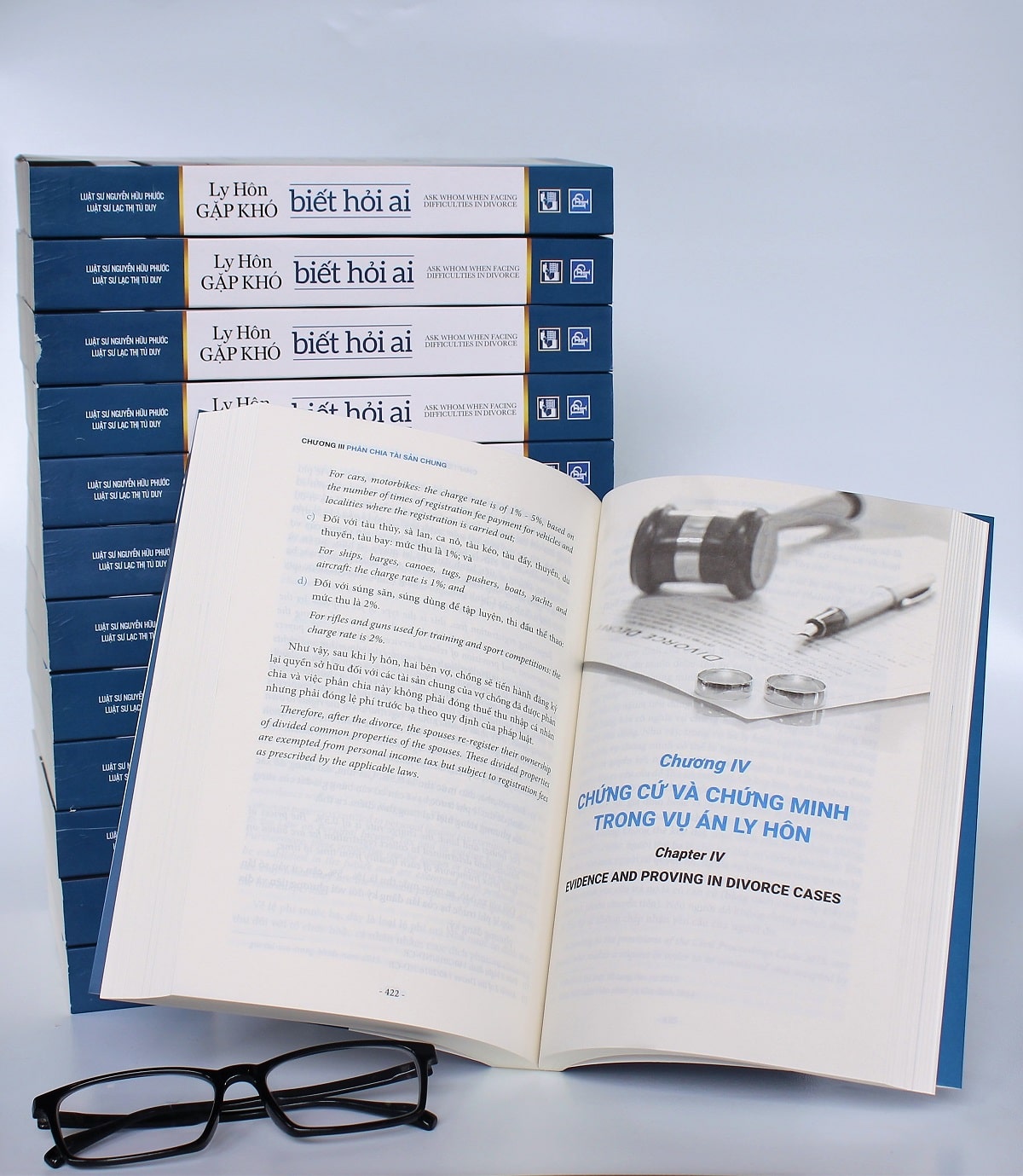On-the-spot appraisal is a method conducted by the Judge in charge to gather documents and evidence when necessary. It can be used either at the request of the spouses or at the initiative of the assigned Judge according to the order prescribed by law. When performing the on-the-spot appraisal, the Judge shall go to the scene where the evidence needs to be surveyed (usually non-movable objects) are located. Appraisal results shall be recorded in writing and be regarded as evidence[2]. In a divorce case, on-the-spot appraisal is important to ensure that the resolution of the case is accurate and objective, especially for the division of the common properties of the spouses. Basically, the on-the-spot appraisal performed in a divorce case is carried out as follows:
Which cases need to be appraised on-the-spot?
As analysed above, on-the-spot appraisal is evidence conducted by a spouse who has the right to request or the Judge to decide himself or herself when necessary. On-the-spot appraisals are usually used for real estate (such as land, houses, buildings, water bodies, ponds, forests) and other immovable objects which cannot be transported to the Court, because of its properties, characteristics, dimensions, status quo, content, morphology, which requires clarification. These objects need to be verified on the spot as sometimes there is a lack of consistency with the technical records and certificates regarding the ownership and the right to use provided by the spouses.
Does the appraisal require prior notice?
The spouses must be notified in advance so that they know and can witness the appraisal[4]. When the Court decides to make the appraisal, this decision must be communicated to the spouses. This provision will help the spouses witness and supervise the appraisal, because the appraisal results shall become evidence in the case. At the same time, if the spouses are present, the evaluation record is required to be signed by them.
This appraisal must notify the involved parties in advance so that they know and witness the appraisal[6]. When the Court decides to make the appraisal, this decision must be sent to the involved parties. This provision will help the involved parties witness and supervise the appraisal, because the appraisal results shall become evidence in the case. At the same time, if the involved parties are present, the evaluation record shall be signed by them.
Who needs to be present in the appraisal?
The on-the-spot appraisal participants shall require the presence of the Representative of the Commune-level People’s Committee, police, agencies or organisations located where the objects need to be appraised[9]. When these people are absent, the Court will have to postpone the on-the-spot appraisal[10]. Judges and Court Clerks are the ones who directly perform the appraisal, and as a result, they must be present. In addition, other parties involved in the on-the-spot appraisal, such as cadastrals and inventory officers, need to be present to perform the appraisal.
The spouses might be present or absent. If the spouses are present, they shall be requested to sign or fingerprint in the minutes of the appraisal results. If the spouses are absent, the Judge shall conduct the on-the-spot appraisal without postponing[12].
Hence, from the above mentioned, the provisions of law do not bind the Procuracy to participate in the on-the-spot appraisal procedure. However, its non-participation might cause difficulties when studying files for the Procuracy. Indeed, in some cases the Court performs appraisals which do not match current status, and consequently the Prosecutor cannot detect the mistake which must be re-appraised by the appellate level. Therefore, some Courts still coordinate with the Procuracy to participate in the on-the-spot appraisal[14].
Who shall bear the expenses of on-the-spot appraisal?
In most other
cases, the expense of the on-the-spot
appraisal would be borne by the spouse requesting for the appraisal but the
Court rejects the appraisal
request. However, in the case of divorce, the plaintiff shall pay the cost
of on-the-spot appraisal, regardless of whether the Court later accepts or rejects the plaintiff’s request[16].
[2] Article 94.6 of the Civil Proceedings Code 2015.
[4] Article 101.1 of the Civil Proceedings Code 2015.
[6] Article 101.1 of the Civil Proceedings Code 2015.
[9] Article 101.1 of the Civil Proceedings Code 2015.
[10] Article 9.3 of the Resolution 04/2012/NQ-HDTP.
[12] Article 9.4 of the Resolution 04/2012/NQ-HDTP.
[14] Le Thi Thanh Xuan, “Practical application of on-the-spot appraisal and evaluation procedures in civil cases”, People’s Court Journal dated 4 December 2019, https://tapchitoaan.vn/bai-viet/phap-luat/thuc-tien-ap-dung-thu-tuc-xem-xet-tham-dinh-tai-cho-trong-cac-vu-an-dan-su.
[16] Article 157.3 of the Civil Proceedings Code 2015.
If you would like more information on how we can assist you with divorce issues, please contact us at: +84 (28) 36223522 or email us at info@phuoc-partner.com

